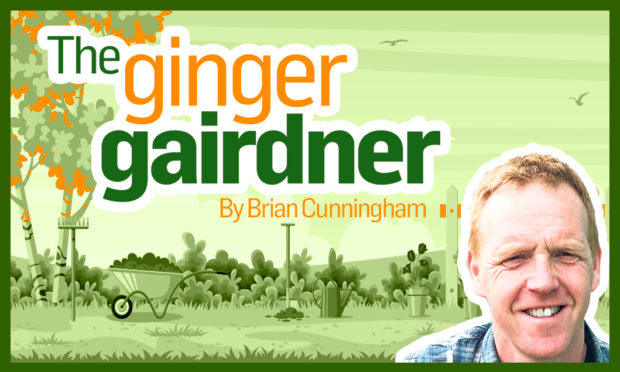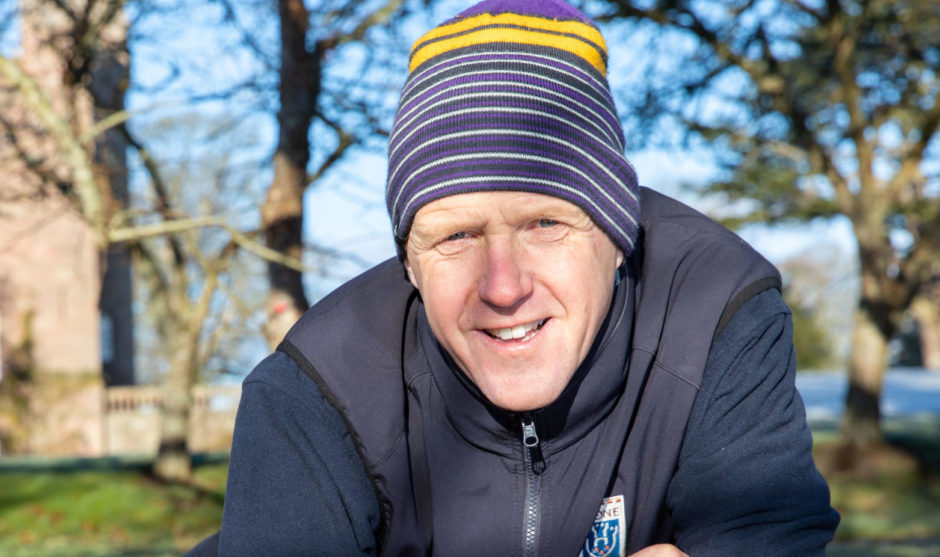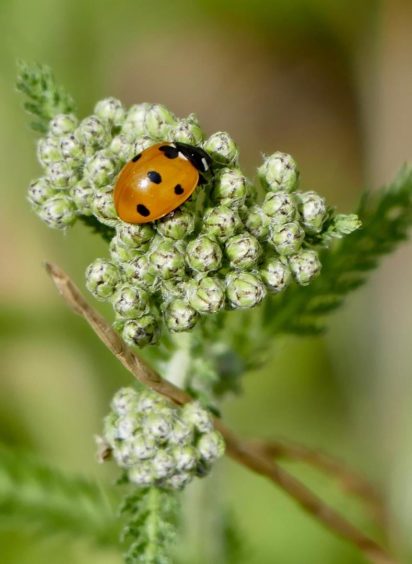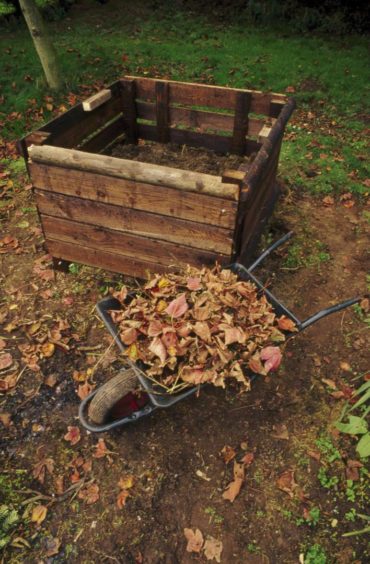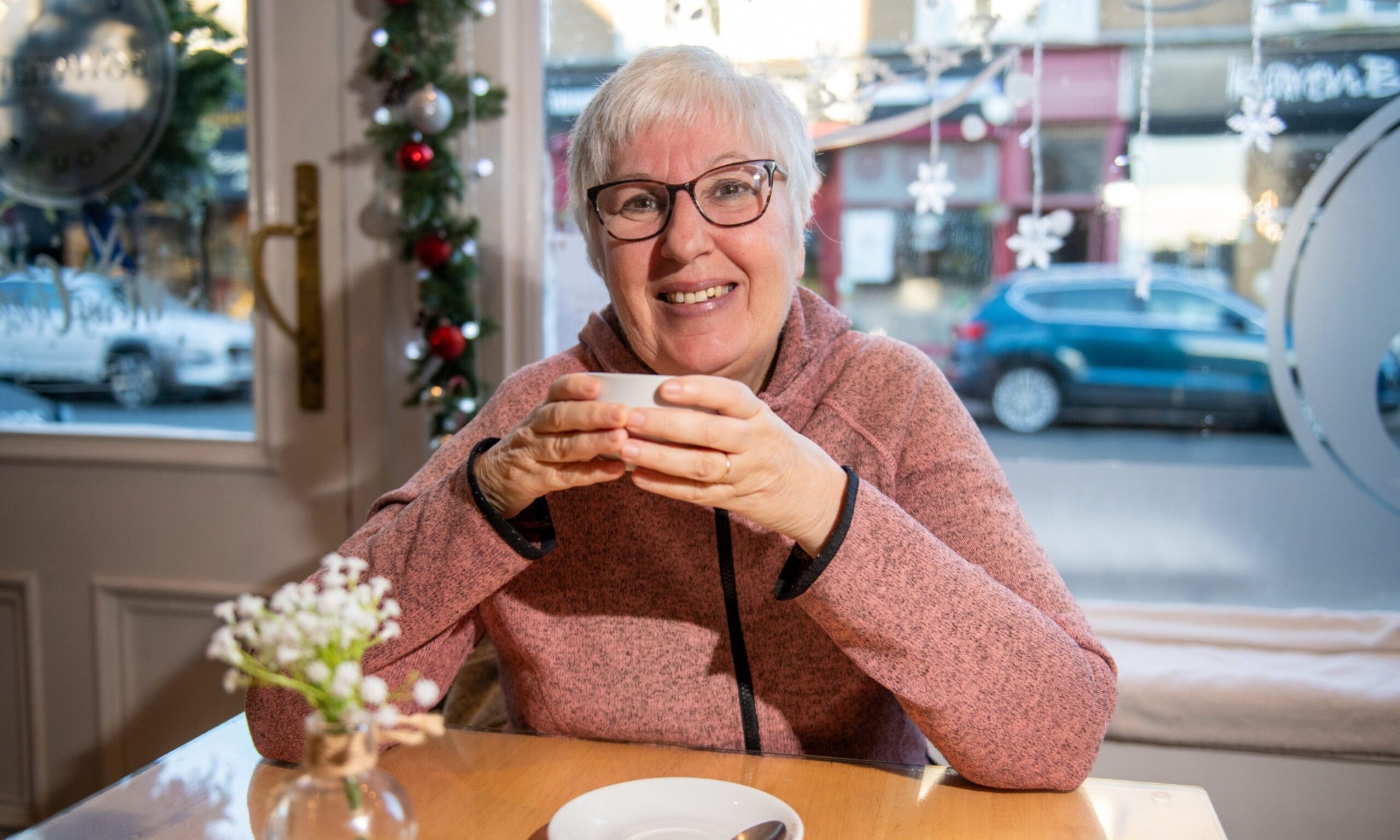One of the things I find really interesting about gardening is that there isn’t a definitive way to go about it, writes Brian Cunningham.
As an apprentice, I learned from the gardeners who taught me their ways, taking the text book method and applying it to the real world scenario of working in a large garden.
I’ve then added to my knowledge from reading articles in magazines and books written by the experts in their various fields, picking up hints, tips and inside information from fellow enthusiasts in the different gardening groups of which I’m a member.
There’s also the ways of those pros on our televisions giving us the benefit of their experience – it won’t be long now before Beechgrove is back on our screens where I hear there is a particularly good-looking ginger-haired chap on every now again who sometimes has something useful to say…
In my early days I remember getting flustered if I heard something different to what I’d originally been taught saying to myself: “but we always did it this way” or maybe “that’s a bit later than we used to do that”.
Today, I’ve happily reached a place where I’ve taken little bits from everything and everyone I’ve learned from over the years, now gardening in my own wee way. In simple terms, as long as we get the end result we’re wanting then we must be doing something right.
I can tell you another good thing about gardening – despite what I know now, it won’t be long before I hear of yet another new trick or technique to an old method that I’ll soon be itching to try.
A key moment for me in the way I choose to garden today came after I read Charles Dowding’s book Vegetable Course on no-dig gardening. Until then, I was more than happy to follow the traditional method of veg growing, annually turning over the soil and following a strict rotation of crops around the plot so to avoid the build-up of pests and disease.
The subject of the book is pretty self-explanatory with obvious benefits but learning and adopting the “no-dig” method also helped me appreciate how applying an annual dressing of compost over the surface rather than digging it in helps feed the soil, supporting the bacteria, fungi and worms within it.
This, to me, is far more beneficial to the bigger picture of my garden’s ecosystem than the constant use of short-lived, man-made fertilisers to increase my yields – which generally focus on the individual plant.
I guess the buzz word at the moment for describing what I’m wanting to achieve is I’m looking to be as sustainable as I possibly can, doing my best to garden without using up natural resources or harming the environment.
The one thing that perhaps springs to all our minds first is the use of chemicals in our garden. I understand why we use weed killers and I can’t lie that in my work I still do in certain areas but I don’t like it – watching all the insects that are actually good for the health of my soil scuttling away being caught up in the spray.
I’ll be heading out to do a bit of winter maintenance on my fruit trees soon. I love seeing groups of hibernating ladybirds sheltering in the support ties, knowing that – later on in the year – they’ll be my natural defence against sap-sucking aphids. If I can get this balance right, I have no need for chemicals.
It’s great that our local authorities have a service where all our green waste service is collected and turned into compost – the only trouble for me is I have to part with cash for this, which is fair enough. I can think of plenty other things to do with this charge so, instead, I make my own compost from the garden and kitchen waste I create before eventually returning it to the soil.
Now, I’m a bit of a DIY disaster – but even I’ve managed to fit my own water butt to the down pipe of my shed. Aye, we have plenty of rain in this country but there are times when this is needed. I generally just use rainwater for all my watering needs where the plants appreciate it more, though it’s not recommended for our seed pots and seedlings in case it’s carrying disease.
I’m still young and fit enough so I’ve ditched the electric and petrol mowers with their negative effects on the environment and opted for a push mower. I need to walk behind my mower anyway as I guide it around the lawn – so why not?
Big goals for me this year are moving away from peat-based composts – one of gardening’s hot topics at the moment – and also on my use of plastics, for which I’ve just treated myself to a book on the subject written by Fiona Thackeray who does excellent work at Trellis Scotland, the therapeutic gardening charity.
Tough times just now and I’ve never been more glad I’ve got my garden with much to look forward to in the gardening year ahead.
